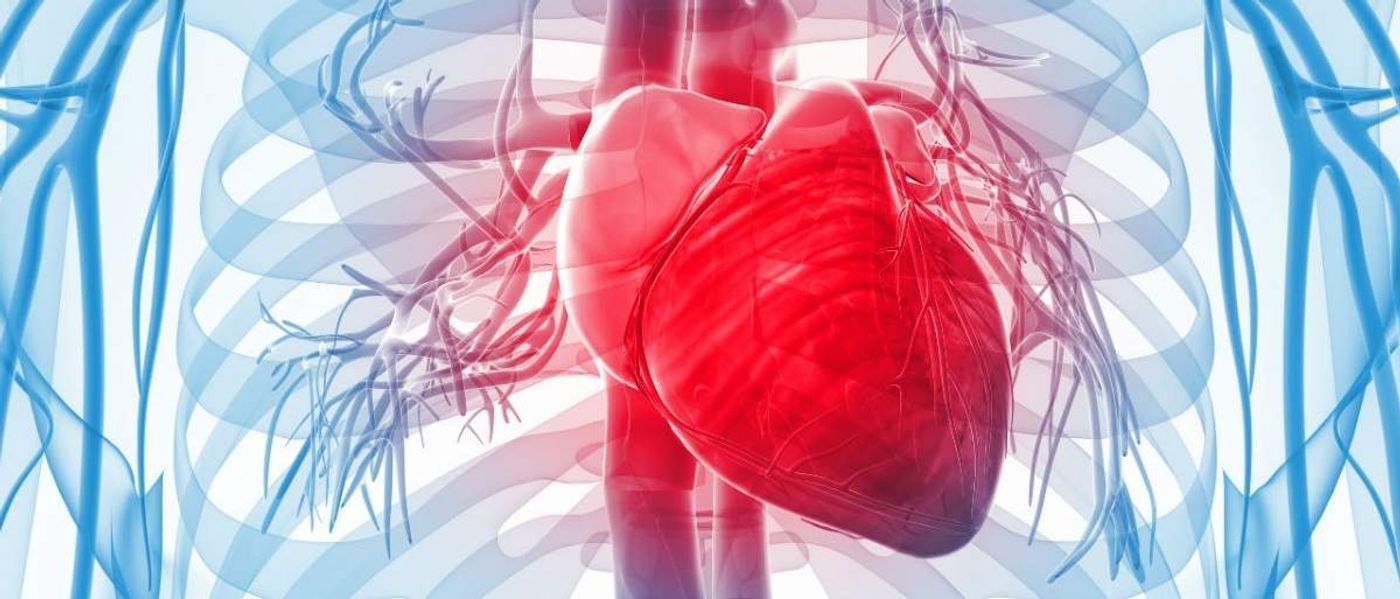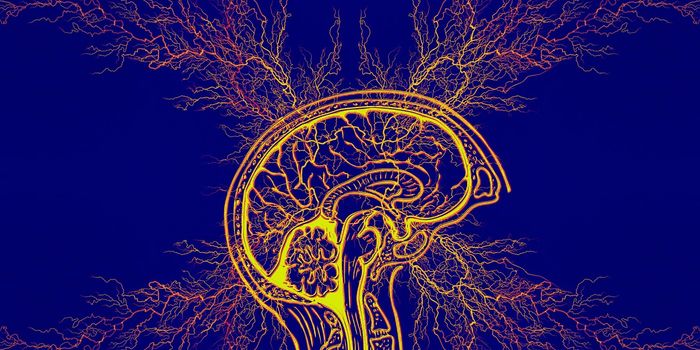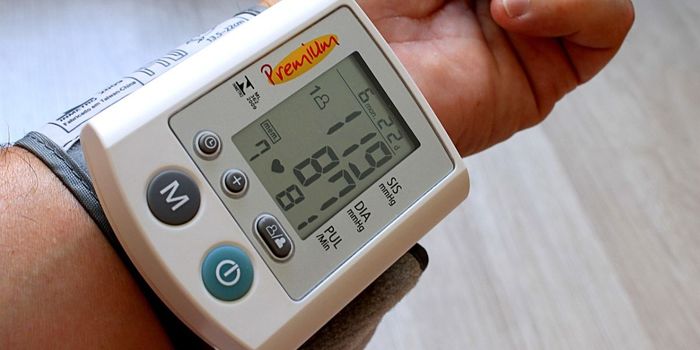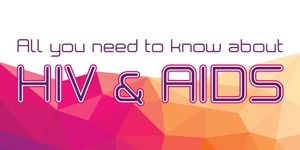Heart Attack or Cardiac Arrest?
Understanding the distinction between a heart attack and cardiac arrest is paramount; rapid intervention must occur in either case, but the best plan of action to prevent permanent damage is different based on fundamental pathological differences between the two conditions.
ACLS Medical Training offer the instruction of both medical professionals and concerned citizens, and in the case of determining heart attack versus cardiac arrest, the training of both of these groups is extremely valuable. ACLS defines the key difference between the two conditions as a “blood flow problem” versus an “electrical problem.”
A blood flow problem
A heart attack, also known more technically as myocardial infarction, is considered a blood flow problem because the coronary arteries must allow blood to flow through them in order for oxygen to reach the heart for dissemination to the tissues. If an artery is partially or fully blocked, often due to a buildup of plaque from atherosclerosis, blood cannot reach the heart, and a heart attack occurs.
The symptoms of a heart attack often vary among individuals and among men and women, but usually the condition is characterized by intense chest pain, shortness of breath, dizziness, and cold sweats that can happen suddenly or over a period of several hours. Unlike during cardiac arrest, the heartbeat during a heart attack stays intact, even if it is arrhythmic.
A heart attack warrants calling an ambulance, but there are several actions individuals can take while waiting for paramedics to arrive. If aspirin or nitroglycerin are available, one dose can be given to the heart attack patient. Otherwise, ACLS Medical Training experts recommend individuals that are present to simply to their best to keep the patient calm; an excess of stress could cause cardiac arrest.
An electrical problem
Cardiac arrest is sudden, visible, and lethal. This condition is a result of an irregular heartbeat that causes the heart to completely stop pumping, and it can lead to death in just a few minutes. A person experiencing cardiac arrest will immediately stop breathing and become unresponsive. Studies have shown that each minute after the cardiac arrest occurred is connected to a ten percent decrease in survival for the patient.
If a person shows signs of cardiac arrest, CPR must be administered as soon as possible and continued until an ambulance arrives. An automated external defibrillator (AED) can be used in between chest compressions. An AED is a portable device that restores the heart’s natural rhythm with an electric shock.
Even if you are not a paramedic or other health professional, it is clear that being trained in basic life support protocols is largely beneficial given the vitality of time in the cases of both heart attack and cardiac arrest.
Sources: ACLS Medical Training, American Heart Association, National Heart, Lung, and Blood Institute









